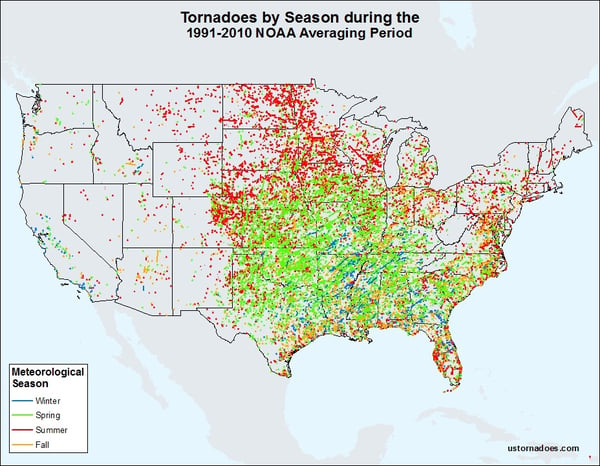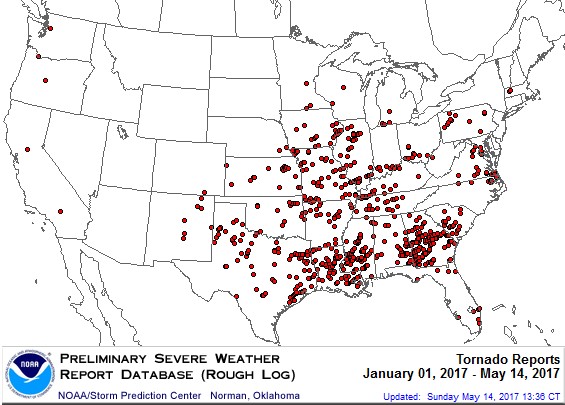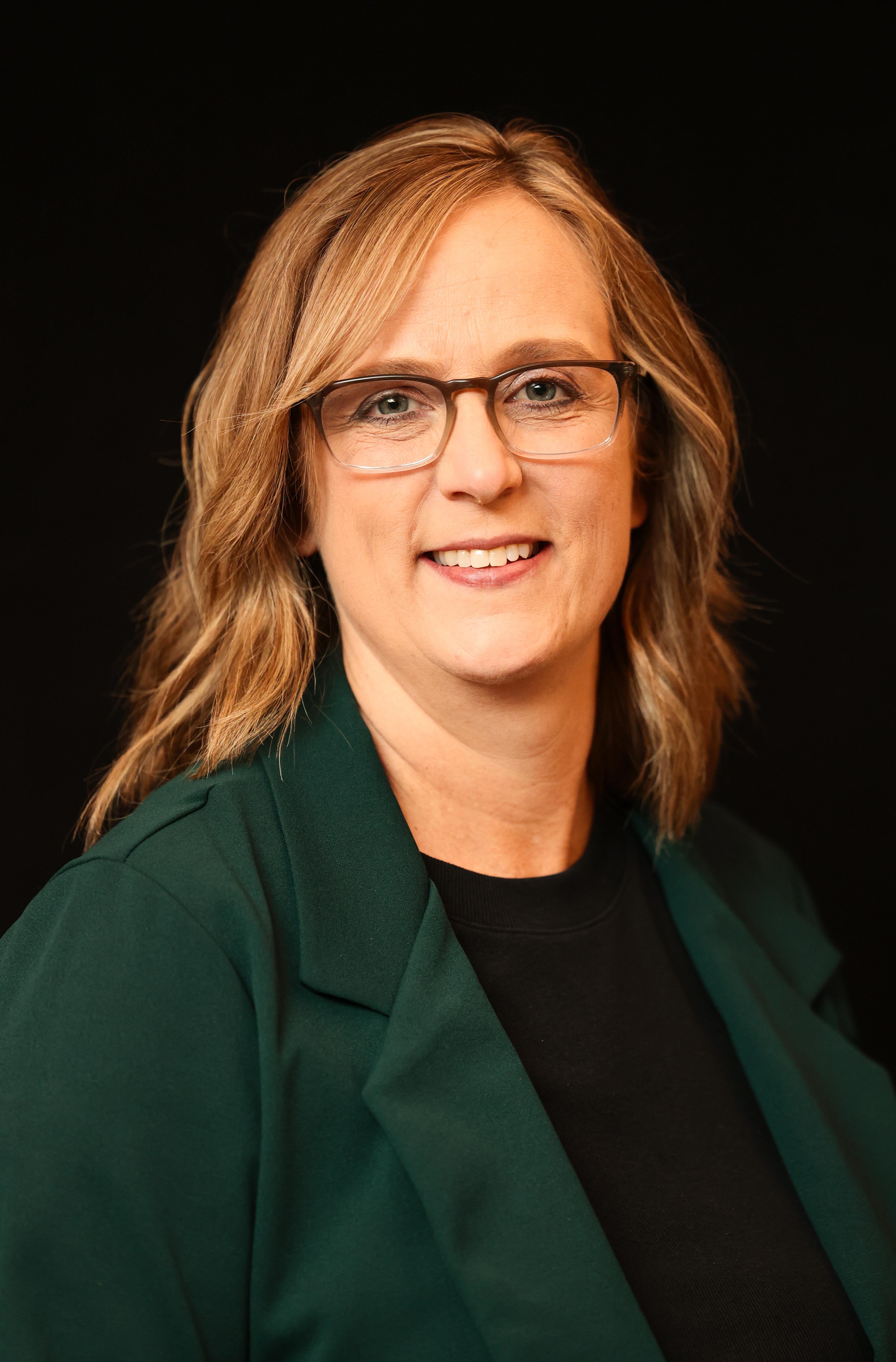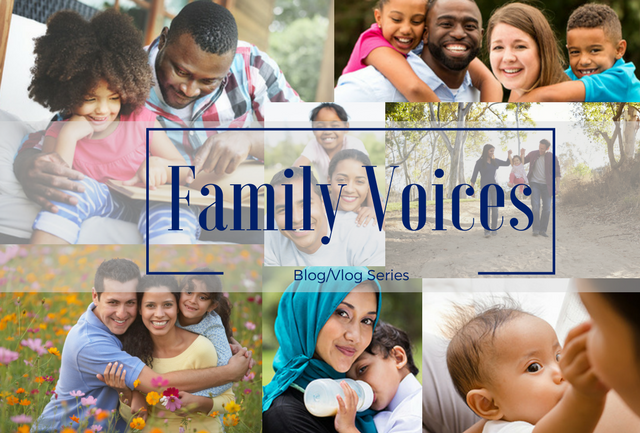
2017 has seen an active start with tornado activity. There have been tornado outbreaks in each month of the year in 2017, and 636 preliminary tornado reports from January – April. That’s more than twice the normal amount to date; the average for January-April is about 299 tornadoes, according to the NOAA. On average, 1,200 tornadoes hit the United States annually. In addition, tornadoes are occurring earlier in some regions. On March 6, Minnesota experienced its earliest tornado (surpassing the previous date of March 18, 1968). A brief tornado on February 28 in Iowa was a February rarity. The only previous February tornadoes were in 1922 and 1977.
Tornadoes are most common in the United States between March and August, but they can occur at any time and have occurred in every month of the year. Because a tornado may occur at any time of the day or year somewhere in the United States, there is really no national tornado "season.” Instead, each region of the country may experience increased tornadic potential at different times of the year.

As noted by the NOAA map, as of mid-May, there have been tornadoes reported in multiple U.S. states.
See the average annual number of tornadoes per state (also searchable by month).
Be Prepared For Tornadoes and Severe Storms
Tune in to radio, TV, and mobile alerts systems to get latest emergency information from your local authorities. Learn about your local warning and notification system options. Learn how to prepare and respond if a tornado watch or warning is issued for your area.
- Tornado Watch: Tornadoes are possible in and near the watch area. Review and discuss your emergency plans; check supplies and your safe room. Be ready to act quickly if a warning is issued or you suspect a tornado is approaching. Acting early can save lives.
- Tornado Warning: A tornado has been sighted or indicated by weather radar. Tornado warnings indicate imminent danger to life and property. Take shelter immediately in a basement, storm shelter, or an interior room.
Sign Up for Notifications
Most city and/or county emergency management agencies have a free emergency alert system for which you can register, such as CodeRED or Everbridge. Information on these notification systems can usually be found on your city or county’s website. Take time today to learn more, and sign up today!
Have a Safe Place
- Prepare a safe room, preferably in the innermost part of the building on the lowest floor possible.
- Avoid rooms with windows, or use a closet or hallway.
- Stay away from exterior doors and outside walls.
- If in a mobile home or trailer, find an alternate shelter location such as a sturdy, nearby building or storm shelter.
- Include a supply kit within your safe room to include a first aid kit and other necessary supplies that may be needed by children and caregivers.
Practice and Evaluate Drills
Child care providers should introduce the concept of tornadoes during a calm moment with children. Explain the basics of tornado safety and practice moving all children in your care to your designated safe room. Help children learn how to protect their heads (using hands, blankets, or even bike helmets) and make themselves as small of a target as possible by crouching down. Consider the use of car seat carriers for infants to protect their bodies from damage from flying debris.
Additional Resources
Child Care Aware® of America’s Emergency Preparedness team has compiled a variety of helpful tips and resources to help child care providers be proactive in planning for potential tornadoes. View those tips here.





